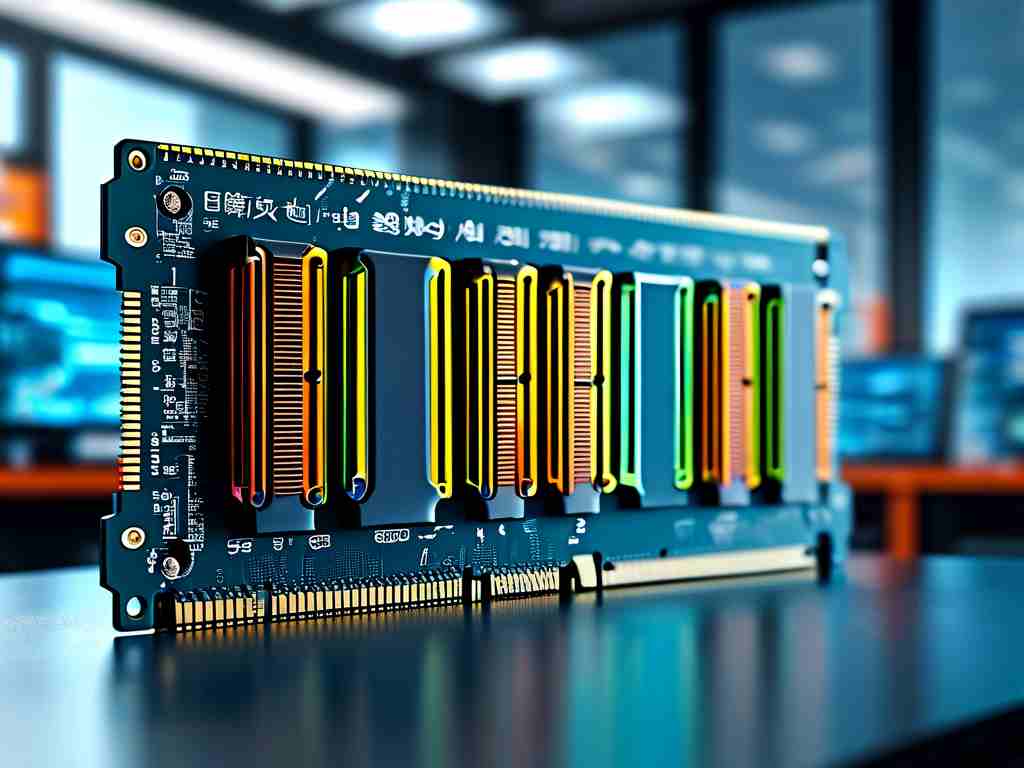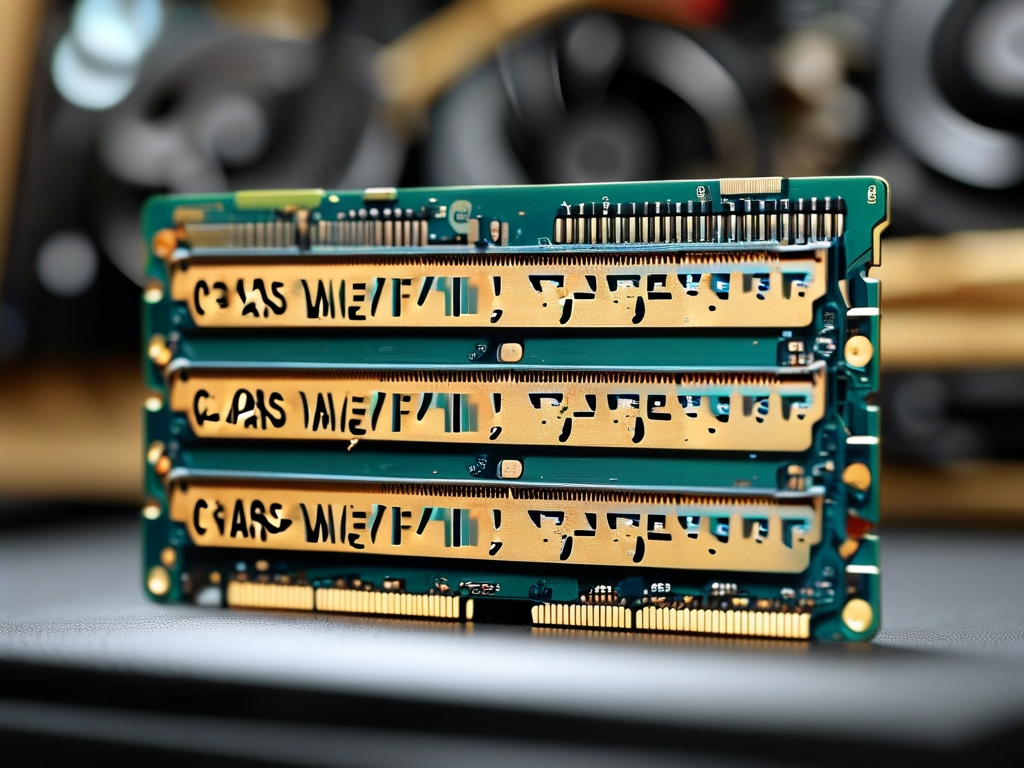Memory timing segmentation calculation is a critical concept in computer architecture and hardware optimization, particularly for professionals working with RAM (Random Access Memory) performance tuning. This method involves breaking down memory access operations into discrete timing intervals to optimize data transfer efficiency and system responsiveness. In this article, we will explore the fundamentals of memory timing segmentation, its calculation methodologies, and its practical implications for hardware design and overclocking.
What Is Memory Timing Segmentation?
Memory timing segmentation refers to the process of dividing memory operations into sequential phases, each governed by specific timing parameters. These parameters dictate how quickly a memory module can read, write, or refresh data. Key metrics include CAS Latency (CL), RAS-to-CAS Delay (tRCD), Row Precharge Time (tRP), and Row Active Time (tRAS). By segmenting these operations, engineers can fine-tune the interaction between the memory controller and the RAM modules to minimize latency and maximize bandwidth.
Why Is Timing Segmentation Important?
Modern computing systems rely on high-speed memory to handle tasks ranging from gaming to AI processing. Poorly optimized memory timings can lead to bottlenecks, reducing overall system performance. Segmentation allows for granular control over these timings, enabling:
- Latency Reduction: Shorter delays between operations.
- Bandwidth Optimization: Efficient use of data transfer channels.
- Stability Enhancement: Balanced timings to prevent errors during overclocking.
Key Components of Memory Timing Segmentation
- CAS Latency (CL): The delay between a read command and data availability.
- tRCD: The time required to activate a row and access a column.
- tRP: The delay to close an active row and open a new one.
- tRAS: The minimum time a row must remain active before being closed.
These parameters are interdependent, and adjusting one often requires recalibrating others to maintain stability.
Calculation Methodology
The calculation of segmented memory timings involves three primary steps:
Step 1: Determine Base Frequencies
Memory modules operate at a base frequency (e.g., DDR4-3200). This frequency dictates the clock cycle duration, which is essential for timing calculations. For example, a 3200 MHz DDR4 module has a clock cycle of ( \frac{1}{1.6 \times 10^9} ) seconds (≈0.625 ns).
Step 2: Convert Timings to Clock Cycles
Each timing parameter is expressed in clock cycles. For instance, a CAS Latency of 16 at 3200 MHz translates to: [ \text{Actual Latency} = 16 \times 0.625 \, \text{ns} = 10 \, \text{ns}. ] This conversion ensures compatibility across different memory speeds.
Step 3: Optimize Segment Intervals
Using the base cycles, engineers allocate time intervals for each operation phase. For example:
- Activation Phase: tRCD = 18 cycles (11.25 ns).
- Read/Write Phase: CL = 16 cycles (10 ns).
- Precharge Phase: tRP = 18 cycles (11.25 ns).
These segments must align to avoid overlaps or gaps that could cause data corruption.
Practical Example: DDR4 Overclocking
Consider a DDR4-3200 module with default timings of CL16-18-18-36. To overclock it to 3600 MHz while maintaining stability:

- Recalculate Clock Cycle: ( \frac{1}{1.8 \times 10^9} ≈ 0.555 \, \text{ns} ).
- Adjust Timings: Increase CL to 18 cycles (18 × 0.555 ns ≈ 10 ns), preserving latency while matching the higher frequency.
- Test Stability: Use tools like MemTest86 to validate performance.
Challenges in Timing Segmentation
- Thermal Constraints: Higher frequencies generate more heat, requiring cooling solutions.
- Voltage Balancing: Overclocking often demands increased voltage, risking hardware damage.
- Compatibility Issues: Not all motherboards or CPUs support aggressive timing adjustments.
Applications in Industry
- Gaming PCs: Enables smoother frame rates by reducing memory-related lag.
- Data Centers: Improves server throughput for cloud computing.
- Embedded Systems: Optimizes power efficiency in IoT devices.
Future Trends
With the rise of DDR5 and HBM (High Bandwidth Memory), timing segmentation is becoming more complex. AI-driven tools are now being developed to automate calculations, reducing human error and accelerating hardware testing.
Memory timing segmentation calculation is a nuanced yet vital process for unlocking the full potential of modern RAM. By understanding its principles and methodologies, engineers and enthusiasts can achieve significant performance gains while maintaining system stability. As memory technology evolves, so too will the tools and techniques for mastering these timings.










